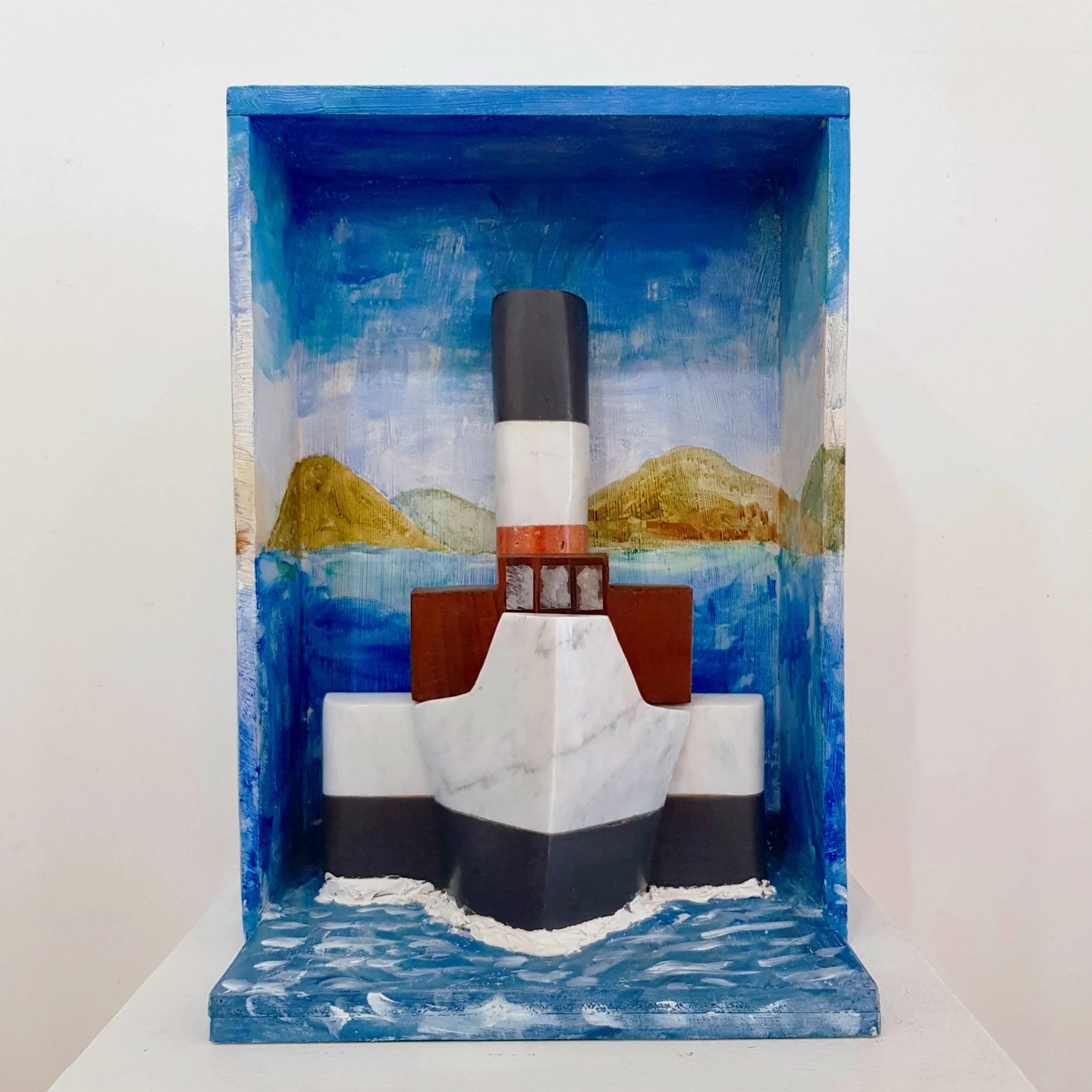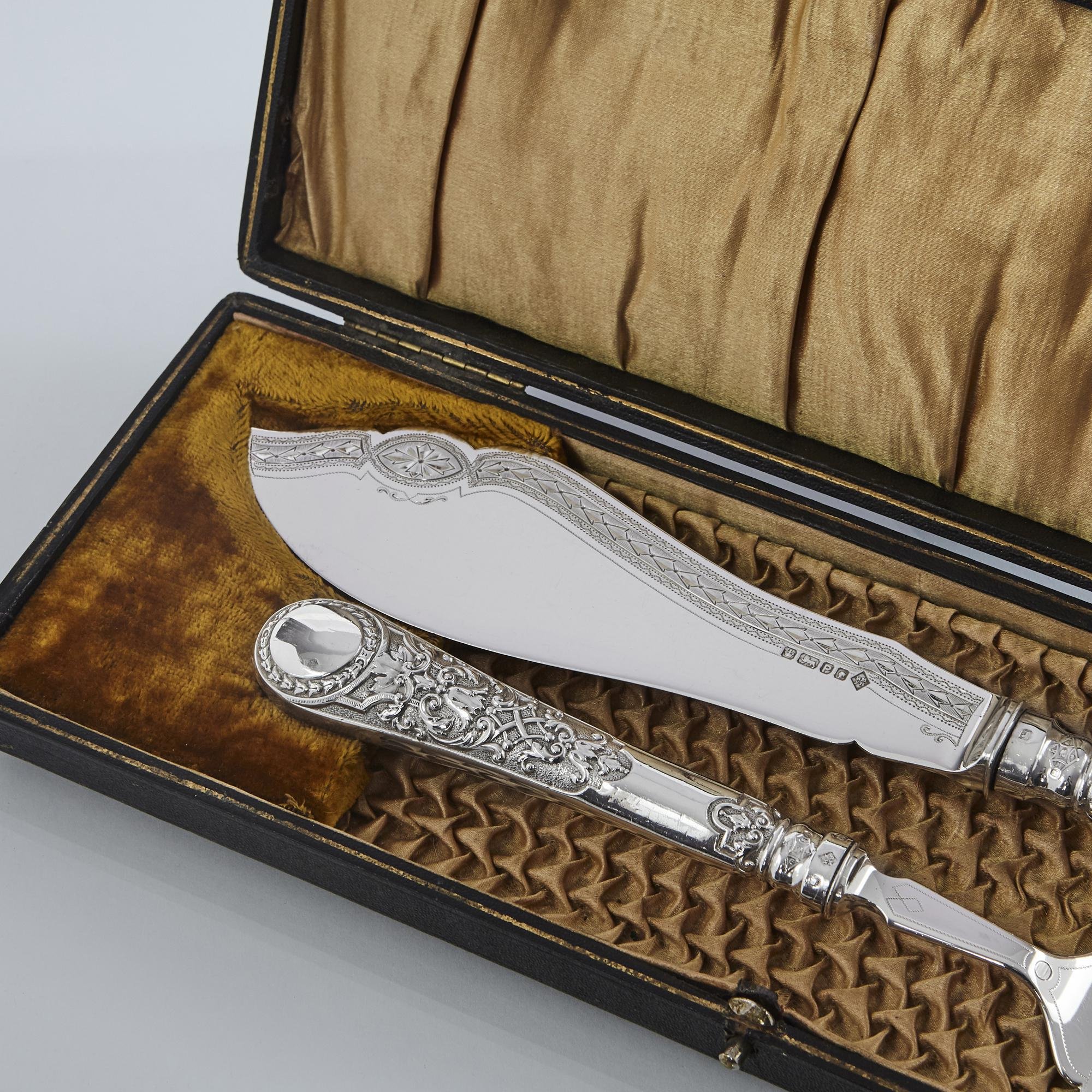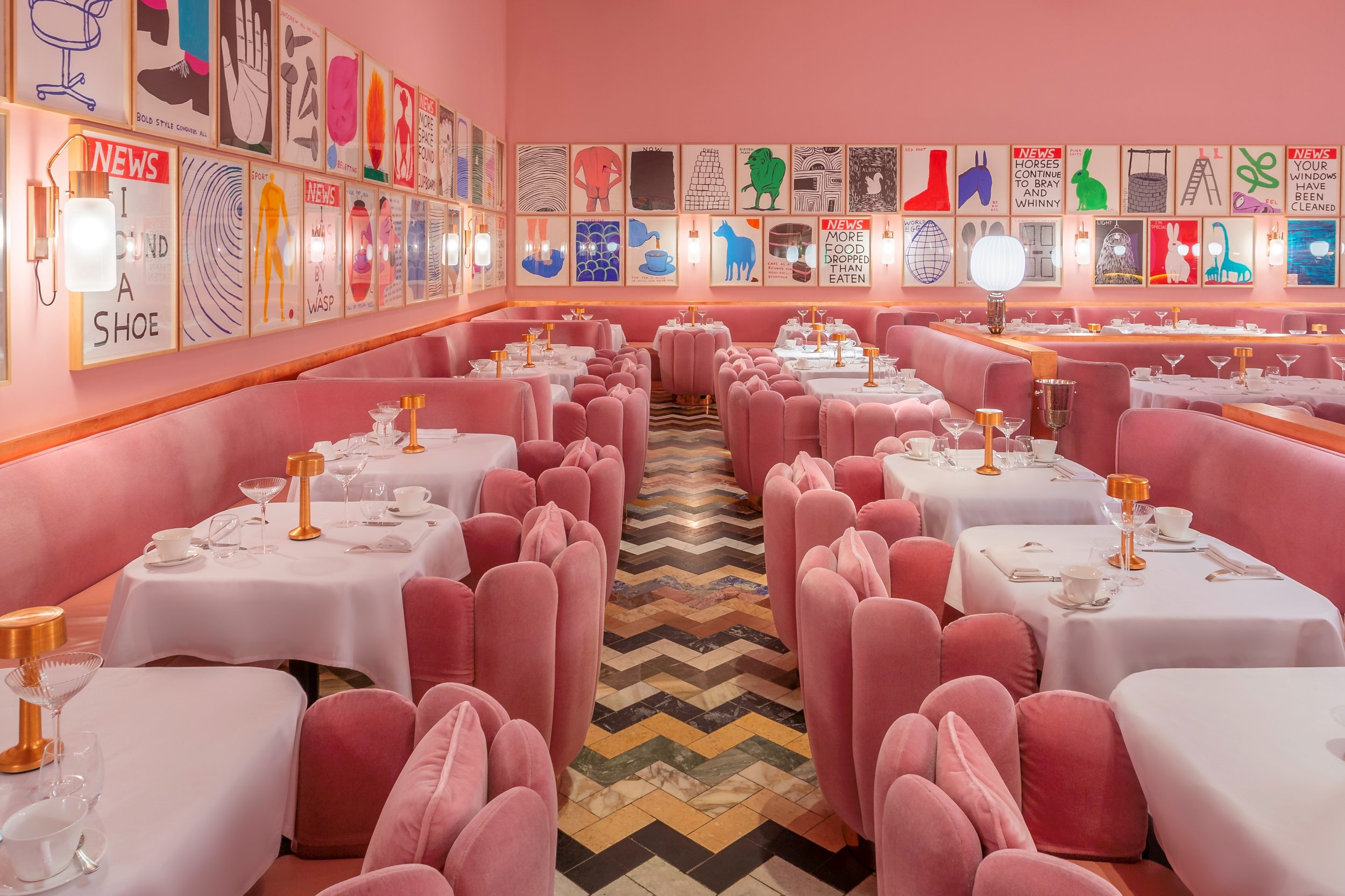Royal Collectors
29 September 2022
One consequence of the death of The Queen may be an increased focus on the Royal Family as collectors.
Alexander Larman
Alexander Larman is the author of several historical and biographical titles including The Crown in Crisis & Byron’s Women. He is books editor of The Spectator world edition and writes regularly about literature and the arts for publications including The Observer, Prospect, The Chap and the Daily Telegraph.
Two cabinets-on-stand 1660-69. Silver, cocus wood.
Presented to George V and Queen Mary in 1911 by Lord Rothschild and his brothers Leopold and Victor.
Courtesy of Royal Collection Trust.
As the world mourns the death of the Queen, countless people wish to commemorate her remarkable life and legacy, and – now that the official period of mourning is concluded – one popular way to do this will be to visit the various royal palaces that are open to the public. Perhaps the most memorable aspect of a visit to Buckingham Palace, Windsor Castle or anywhere else that attracts countless tourists a year is the peerless collection of art and antiques of over a million objects: quite probably the most impressive built up by a single family in the world in history.
Yet the Royal Family’s collection, which is so varied and so great that it is managed by an especially created institution, the Royal Collection Trust, is not owned by an individual monarch, but is instead kept in trust for their successors, and by extension the nation. This does not mean that each individual monarch does not have a considerable vested interest in adding to it. Perhaps the most notable collector of the 20th century was Queen Mary, who combined a magpie-like appreciation of everything from art and books to obscure pieces of Chinese jade and hardstones. She did not want to pay over the odds for items she collected, writing ‘It is really rather wonderful what we have managed to collect + get together since we married, quite a creditable collection of family things […] without spending much money over it’, but she took a great delight in ‘arranging’ the existing collection, saying that she could ‘simply spend hours going over the Castle, matching things up, finding pairs to pieces of furniture etc.’
English School, The Drake 'Armada' portrait of Elizabeth I, 1588 - acquired for Royal Museums Greenwich in 2016
Courtesy National Maritime Museum.
After the succession of, in rapid order, Edward VIII – whose subsequent wife Wallis Simpson was a noted collector of art and jewellery, as long as someone else, usually her husband, was paying for it – and the less aesthetically-inclined George VI, it was in the reign of Elizabeth II that a stronger link between royalty and art collecting was established. The Queen was patron to over 30 organisations, from major institutions such as the Royal Academy to lesser-known societies such as the Royal Watercolour Society, and took a dedicated personal interest in their work.
She was also capable of lending her considerable support to institutions such as the Art Fund, which she became patron of in 1953, shortly after acceding to the throne, and was responsible, behind the scenes, for involvement in successful campaigns to acquire work that she believed had especial royal significance; as the Art Fund said, tactfully, after her death, ‘Her Majesty’s royal patronage of Art Fund was felt during the campaign to acquire the Armada Portrait of Elizabeth I for Royal Museums Greenwich in 2016.’
The Royal Family, unlike the British government, are not seen as avid collectors of modern art. Yet even here, there are some surprises. In addition to being a keen – and surprisingly accomplished – amateur painter, Prince Philip was close friends with the artist Edward Seago, and both painted in his style and collected much of his work. Other twentieth-century artists who Philip showed a particular interest in included the far from stuffy likes of Barbara Hepworth, Mary Fedden and Sidney Nolan, whose work is well represented in the Royal Collection Trust, as well as the ceramicist Lucie Rie.
He also had a notable collection of John Piper paintings, continuing a long association between Piper and the Royal Family. In 1941, the young artist was commissioned by the Queen Mother to paint a series of views of Windsor Castle. This was not merely out of sentiment, but practical necessity. Should the castle have been damaged by German bombing, Piper’s paintings would have been invaluable in aiding with its reconstruction, and therefore served a dual purpose, of being records of the castle as well as artistically interesting. Piper enjoyed the work, as he did subsequent Royal commissions, but he found the wider infrastructure hard to deal with on occasion. A letter exists in which he complains to the future Poet Laureate John Betjeman about the Royal Librarian Owen Morshead, grumbling about ‘several good rows about art with O. Morshead lately'. The friction did not get in the way of Piper’s continued relationship with both the Queen and Prince Philip.
A brush washer in the form of a curled lotus leaf with undulating rim.
Acquired by Queen Mary by 1930. Listed in Queen Mary's Bibelots Vol. II, no. 318.
Courtesy of Royal Collection Trust.
It is hard to know what the Queen’s artistic tastes were. During the first 50 years of her reign, a mere 20 paintings were acquired, and were exclusively portraits: two of her, two of her courtiers, and the remainder of historical figures, and the total cost was no more than £500,000. Her patronage of contemporary artists came more in her portraiture, sitting for the eclectic likes of Pietro Annigoni, Lucian Freud and – to everyone’s eternal regret – Rolf Harris. But it is her son, the new King, whose collecting interests are considerably more developed. Like his father, he is an accomplished amateur painter, but his own collection was sufficiently eclectic to have been publicly displayed at Buckingham Palace in 2018, to commemorate his 70th birthday. It included everything from Napoleon’s red felt hooded cloak to Jacopo Bassano’s ‘The Adoration of the Shepherds’, and, as the curator Vanessa Remington commented, ‘I think what the selection does reflect is that his royal highness has an eye for the best. It is a very diverse selection, but in each case he is looking at the very best of its type.’
It remains unclear as to whether the new King has purchased anything from the auction houses in recent years – such information would never be publicly available while he is alive, and in any case, he would undoubtedly have used a discreet agent to bid on his behalf. But it is an exciting development that the new monarch is someone who is keenly interested in art and antiques collecting. It suggests that the new Carolean age could yet be one in which both living and historic artists could be collected with both knowledge and insight. And if that leaves less for the rest of us, then that is the price that we must pay for noblesse oblige.
































